Roofing marketing and lead generation are the backbone of a successful roofing business. Without a steady influx of leads, even the most skilled roofer can struggle to sustain their business. This is not just about finding customers but it’s about finding the right customers at the right time.
Challenges like market competition, fluctuating demand, and the seasonal nature of roofing make marketing essential for sustained success. But where do you begin? This guide is your blueprint to mastering roofing marketing, from creating a compelling online presence to generating consistent, high-quality leads.
Let’s dive into the foundational elements that set the stage for success.
Understanding Roofing Marketing: More Than Just Advertising
Roofing marketing is not merely about running ads or posting on social media it’s a strategic process of identifying your ideal clients, understanding their needs, and showcasing how your services meet those needs.
A successful roofing marketing plan should encompass:
- Building a recognizable brand that reflects trust and expertise.
- Leveraging multiple channels, such as your website, social media, and local advertising, to reach potential clients.
- Continuously adapting to trends and customer behaviors to stay ahead of the competition.
By investing in strategic marketing, roofers can ensure a steady stream of leads, even during off-seasons.
The Importance of a Roofing Marketing Plan
A well-structured marketing plan acts as a roadmap, helping you allocate resources efficiently while achieving measurable results. It’s not just a nice-to-have it’s essential.
Key benefits of having a marketing plan include:
- Clear Direction: Knowing exactly what to focus on and when.
- Resource Optimization: Ensuring your time and money are spent on high-impact activities.
- Consistency: Maintaining a consistent message across all platforms, building trust and recognition.
For instance, a roofing company targeting residential clients in suburban areas might focus on local SEO, referral programs, and social media ads. In contrast, one targeting commercial clients might emphasize LinkedIn outreach, partnerships, and industry events.
Building a Roofing Website That Converts
Your website is your digital storefront. A well-designed roofing website does more than look good it convinces visitors to become clients.
To make your website effective:
- Highlight Credibility: Include certifications, awards, and client testimonials prominently.
- Make Navigation Simple: Ensure visitors can easily find information about your services, contact details, and service areas.
- Optimize for Mobile: A large portion of website traffic comes from mobile devices. A mobile-friendly design is non-negotiable.
- Strong Calls-to-Action (CTAs): Phrases like “Get a Free Estimate Today!” or “Schedule Your Roof Inspection” guide visitors to take action.
Invest in professional photography to showcase your completed projects and add an interactive element, such as a before-and-after gallery.

SEO: The Backbone of Roofing Marketing
Search engine optimization (SEO) is the process of optimizing your website to rank higher on search engines like Google. For roofers, local SEO is particularly critical.
- Keyword Research: Identify terms potential clients search for, such as “roof repair in [city]” or “best roofing contractor near me.” Use tools like Google Keyword Planner or SEMrush to discover these keywords.
- On-Page Optimization: Use these keywords in page titles, meta descriptions, headers, and throughout your content. For example, a blog post titled “Top 5 Roof Maintenance Tips in [City]” could help you rank for local searches.
- Google Business Profile: Ensure your profile is complete, including updated contact information, service areas, and customer reviews.
SEO isn’t a one-time effort; it requires consistent updates and monitoring to stay effective.
The Role of Social Media in Roofing Marketing
Social media platforms, including Facebook, Instagram, and LinkedIn, are invaluable tools for connecting with potential clients and showcasing your expertise.
- Facebook: Use it to share customer testimonials, announce promotions, and run ads targeting specific demographics.
- Instagram: Post visually engaging content, such as before-and-after photos of roofing projects or time-lapse videos of installations.
- LinkedIn: Ideal for B2B marketing, especially if you target commercial clients. Share industry insights, case studies, and connect with property managers or contractors.
The key to social media success is consistency. Post regularly and engage with your audience by responding to comments and messages promptly.

Social Media Marketing: Unleashing the Power of Digital Engagement for Roofers
Social media platforms have become indispensable for roofing businesses. They not only help build a connection with your audience but also establish trust through consistent engagement and valuable content. Facebook, Instagram, and LinkedIn stand out as the top platforms for roofers, each catering to different needs. For example, Facebook is perfect for community engagement and ads, Instagram excels at showcasing visual transformations through photos and videos, and LinkedIn is ideal for networking with property managers and commercial clients.
Imagine you’re a homeowner looking to replace your roof. Would you trust a company with generic posts or one actively sharing project highlights, customer testimonials, and expert advice? Active social media use demonstrates expertise and customer commitment, turning casual viewers into loyal clients.
Success begins with creating a detailed content calendar. Roofers can post before-and-after photos of completed projects, seasonal maintenance tips, or even behind-the-scenes videos of their team in action. Engaging posts about common roofing problems, paired with solutions, establish authority and attract followers.
Advertising on social media is a game-changer. For example, running Facebook Lead Ads targeting neighborhoods recently hit by storms can bring in clients looking for immediate repairs. Meanwhile, Instagram Ads showcasing high-quality project videos create a lasting impression. Start small, test your campaigns, and scale what works.
Paid Advertising: Investing in Immediate Lead Generation
Paid advertising is like flipping on a switch for leads. Among all platforms, Google Ads reigns supreme for roofing companies because it targets users actively searching for services. Think of a homeowner typing “roof repair near me.” With the right keywords and ad placement, your business appears at the top of their search.
However, it’s not just about appearing; it’s about being irresistible. Craft compelling ad copy that highlights unique selling points like free estimates, emergency services, or eco-friendly materials. A headline such as “Affordable Roof Repairs in Your Neighborhood – Book Today!” paired with a strong call-to-action can make all the difference.
When running ads, don’t overlook Local Service Ads (LSAs). These ads are designed to cater specifically to local businesses, letting potential clients call you directly from the ad. This immediacy increases your chances of landing the job.
Budgeting for paid ads may seem daunting, but starting with $20–$50 per day allows you to test campaigns without overcommitting. Tools like Google Analytics provide insights into campaign performance, helping you refine targeting and maximize ROI. Remember, every dollar spent strategically can bring significant returns.
Example: “Tools like RoofLink help roofers generate consistent leads through their all-in-one solution
Email Marketing: Building and Nurturing Relationships
While newer marketing techniques grab headlines, email marketing remains a cornerstone for maintaining customer relationships. For roofers, emails are an opportunity to educate, promote services, and stay top-of-mind for clients.
Start by growing your email list using lead magnets. Offer something valuable, such as a free e-book titled “10 Ways to Extend the Life of Your Roof,” in exchange for email addresses. Incorporate pop-up forms on your website or use social media ads directing users to sign up for free consultations or seasonal promotions.
Once you have an audience, nurture them with targeted email campaigns. A welcome email series can introduce your company, highlight your services, and encourage engagement. Seasonal reminders—like pre-summer roof inspections or winter storm preparedness tips—keep your emails relevant.
Ensure your emails are engaging by including personal touches, such as addressing recipients by name and tailoring recommendations based on their needs. For instance, a customer who had a repair done last year might appreciate an email offering discounts on a maintenance package.
Craft compelling subject lines to boost open rates. “Is Your Roof Winter-Ready? Get 15% Off Inspections!” grabs attention while offering value. Don’t forget to include a clear call-to-action, such as a link to schedule a free estimate or contact your team directly.
Example: Sunbase’s lead tools make it easy to grow and manage your email list efficiently.

Customer Relationship Management (CRM): Streamlining Operations and Leads
For roofers, managing dozens of leads, ongoing projects, and follow-ups can quickly become overwhelming. A robust CRM system simplifies these processes, making it an indispensable tool for roofing businesses.
Imagine capturing a lead from your website, sending them a follow-up email automatically, and tracking their journey from inquiry to project completion—all in one system. That’s the power of CRM.
Beyond lead management, CRMs like JobNimbus or HubSpot offer analytics to identify which marketing channels generate the most qualified leads. These insights allow you to allocate resources effectively. For example, if social media brings in twice as many leads as direct mail, you can shift your focus accordingly.
Automation is another major advantage. Set up your CRM to send automated reminders for scheduled inspections, payment deadlines, or even holiday greetings to past clients. These small gestures build trust and keep your brand top-of-mind.
When implementing a CRM, ensure it integrates seamlessly with your website, social media accounts, and advertising platforms. This synchronization streamlines operations, saves time, and ensures no leads slip through the cracks.
Content Marketing: Establishing Authority Through Valuable Information
In the digital age, content marketing is one of the most effective ways to position your roofing business as an industry leader. High-quality, informative content not only helps with SEO but also educates your audience and builds trust.
A strong blogging strategy is key. By publishing articles like “Top 5 Signs Your Roof Needs Repair” or “The Ultimate Guide to Choosing the Right Roofing Materials,” you attract homeowners actively seeking solutions. These readers are already in your target audience, making it easier to convert them into clients.
Don’t stop at blogs,videos, infographics, and case studies add depth to your content strategy. For example, a video walkthrough of a completed roof replacement can showcase your team’s expertise and build confidence among potential clients.
Consistency is crucial. Publishing one or two pieces of content weekly ensures your website remains fresh and relevant. Regular updates signal to search engines that your site is active, improving rankings and visibility.
Referral Programs: Tapping Into Your Satisfied Customer Network
Word-of-mouth marketing remains one of the most powerful tools for roofers. People trust recommendations from friends and family, and a referral program incentivizes satisfied clients to spread the word about your services.
Start by offering rewards that resonate with your audience. Discounts on future services, gift cards, or cash bonuses work well. For instance, you could offer $100 for every new customer a past client refers, paid after the referred client completes their first job.
To make your program effective, promote it across all your platforms. Create a dedicated referral page on your website, share it on social media, and include mentions in your email newsletters. Use engaging language like:
“Love your new roof? Share your experience and earn rewards by referring friends to our trusted roofing services!”
Track referrals using your CRM or a dedicated tool like ReferralCandy. This ensures transparency and makes it easy to manage rewards. When clients see that your program is easy to join and the rewards are tangible, participation increases significantly.
Partnerships: Building Mutually Beneficial Relationships
Roofers can expand their reach by collaborating with complementary businesses. For instance, partnering with real estate agents, home inspectors, or construction companies can open doors to new client bases.
Imagine a real estate agent recommending your roofing services to every client buying or selling a home. This partnership not only drives leads but also builds credibility. To establish such relationships, approach local businesses with a clear value proposition. Explain how your services can benefit their clients and offer a reciprocal arrangement.
Joint marketing efforts, like co-branded flyers, local events, or blog collaborations, are another way to strengthen these partnerships. For example, you could co-host a “Homeowner Workshop” with a real estate agent, offering tips on maintaining roofs and other home essentials.
Video Marketing: Capturing Attention with Visual Stories
Videos are among the most engaging forms of content today. They allow you to showcase your work, demonstrate expertise, and connect emotionally with your audience. For roofers, videos like time-lapse footage of a roof replacement or customer testimonials can be highly effective.
Create content that answers common customer questions, such as:
- “What happens during a roof inspection?”
- “How do we ensure your property stays safe during repairs?”
By addressing concerns visually, you build trust and make your services more relatable.
Platforms like YouTube, Instagram Reels, and TikTok are excellent for video promotion. Optimize your video descriptions with relevant keywords like “roofing services in [city]” and include strong calls-to-action. For example, end each video with:
“Contact us today for a free estimate—let’s make your roofing project hassle-free!”
Regularly uploading new content not only engages your audience but also helps improve your SEO rankings. Remember to include subtitles in your videos, as many viewers watch without sound.
Community Involvement: Winning Local Hearts
Roofing businesses thrive on local connections, and community involvement is a great way to build brand loyalty. Sponsor local events, donate services to charity projects, or participate in neighborhood clean-ups to show your commitment to the community.
For example, offering free roof repairs for local nonprofits or running a “Give Back” campaign during holidays can generate goodwill and positive press. Share these initiatives on your website and social media with captions like:
“Proud to support our community—see how we’re making a difference in [city]!”
Such efforts not only enhance your brand image but also attract clients who value companies with strong community ties.
Tracking ROI: Measuring the Success of Your Marketing Efforts
Investing in marketing without tracking its return can lead to wasted resources. Effective ROI tracking ensures you’re spending money where it matters most.
Start by setting clear goals for each campaign, such as generating 50 leads in a month or increasing website traffic by 20%. Use tools like Google Analytics, Facebook Ads Manager, or your CRM’s built-in analytics to monitor performance.
For example, if you run a Google Ads campaign targeting “emergency roof repair,” track metrics like clicks, conversions, and cost-per-lead. A campaign that brings in 20 leads at $50 per lead is more effective than one generating 10 leads at $100 per lead.
Ask every new client how they found you, whether through a referral, online search, or social media. This helps identify your most successful channels and informs future marketing decisions.
Don’t forget to assess long-term gains. A campaign might not generate immediate sales, but if it boosts brand awareness and brings clients six months later, it’s still a win.
Pro Tips for Long-Term Roofing Marketing Success
- Adapt to Trends: Stay updated with marketing trends, such as AI-driven tools, voice search optimization, or chatbots, to remain competitive.
- Invest in Quality: High-quality materials in your marketing whether graphics, videos, or blogs reflect the quality of your services.
- Be Consistent: Marketing is a marathon, not a sprint. Regular, consistent efforts build trust and long-term success.
FAQs
1. How Can I Generate Roofing Leads Quickly?
Answer: Generating leads quickly requires a mix of paid ads, local SEO, and social media marketing. Use Google Ads to target your area and optimize your website with local keywords like “roofing services near me.”
2. What Is the Best Marketing Strategy for Roofing Companies?
Answer: The best strategy combines local SEO, paid ads, and email marketing. Engaging content and a responsive website also play a critical role in attracting customers.
3. Why Do Roofers Need CRM Software?
Answer: CRM software helps roofers organize customer data, track leads, and automate follow-ups, saving time and increasing conversion rates.
4. How Can Social Media Help My Roofing Business?
Answer: Social media platforms like Facebook and Instagram allow you to showcase projects, run targeted ads, and engage with potential clients, improving your brand visibility.
5. What Is Local SEO, and Why Is It Important for Roofers?
Answer: Local SEO ensures your roofing business appears in searches for nearby services, helping you attract customers in your specific service area.
Conclusion:(Roofing Marketing and Lead Generation)
With this guide, you now have a comprehensive understanding of the strategies and tools needed to elevate your roofing business. From mastering SEO and social media to leveraging community involvement and tracking ROI, each tactic plays a role in achieving sustainable growth.
Roofing marketing and lead generation are not just about attracting clients they are about building a brand that clients trust and recommend. By implementing these strategies, you’ll not only increase your leads but also establish a solid reputation in your community and beyond.


